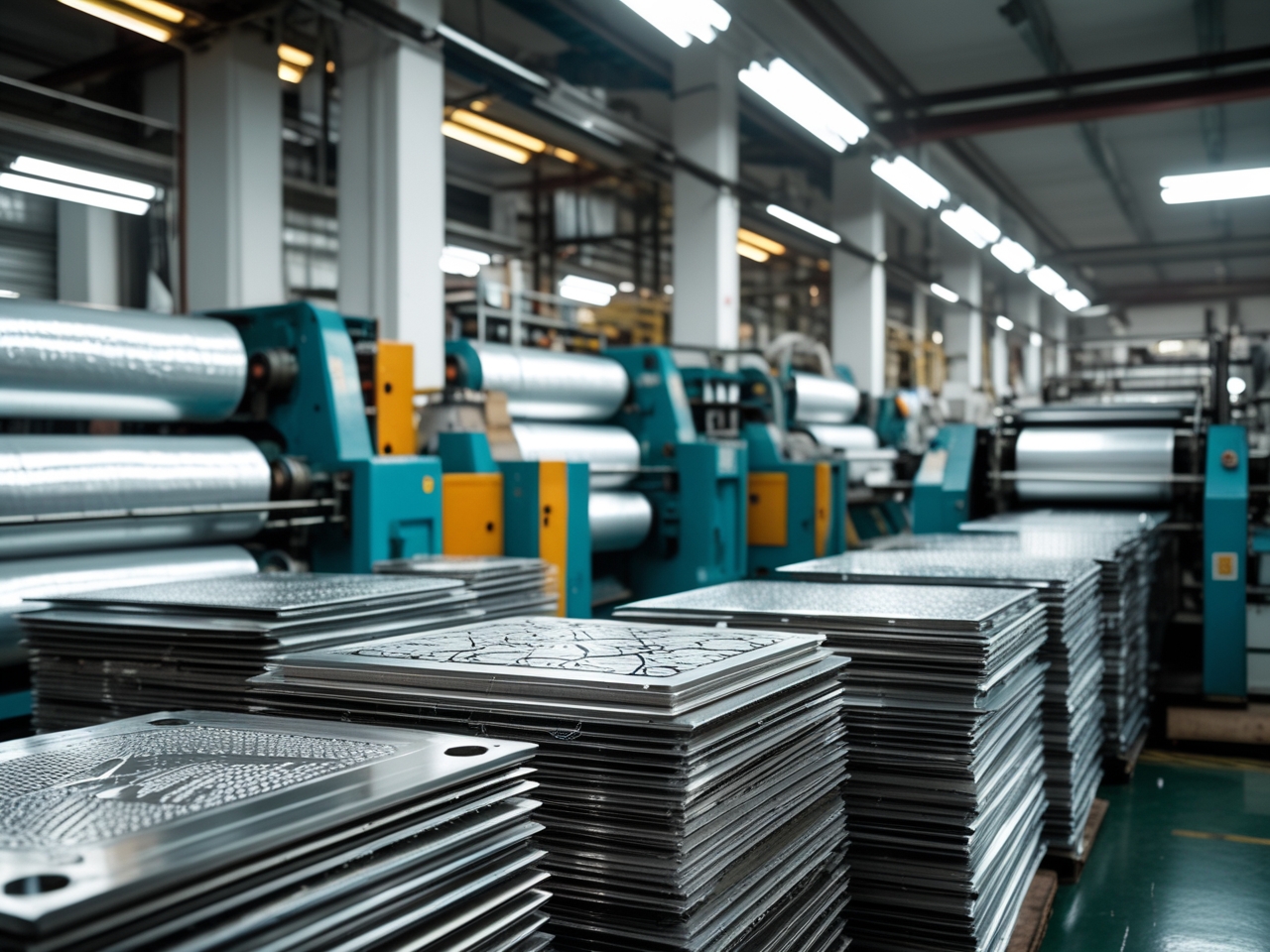
In today’s fast-paced world, the choice between digital printing and rotogravure printing is critical for businesses looking to stand out. Both methods offer unique advantages, but understanding their differences is key to making the right decision for your printing needs.
What is Digital Printing?
Digital printing is a modern method that eschews traditional printing plates. Instead, it utilizes toner (like in laser printers) or liquid ink for printing. This approach is ideal for small-scale projects, such as when a business needs a few hundred packaging items with variable data like unique codes or addresses. Its flexibility and lower quantity requirements make it a perfect choice for businesses with limited needs or those experimenting with new products.
What is Rotogravure Printing?
Rotogravure printing is a more traditional method, where an image is engraved onto a cylinder and then transferred to the printing surface. This technique is suited for large-scale printing, especially for packaging materials like stand-up pouches or film rolls. Its ability to print on various materials and achieve high-quality, detailed outputs makes it a favorite for large runs.
Advantages of Digital Printing:
- No costs for printing plates.
- Print only the necessary amount, reducing waste.
- Lower minimum quantities.
- Capability to print variable data.
- Improved technology offers acceptable quality for various uses.
Advantages of Rotogravure Printing:
- Cost-effective for large quantities.
- Price per piece decreases with volume.
- Can print on a variety of materials with custom finishes.
- Availability of special inks, like metallic and Pantone colors.
- Highest printing quality with excellent detail and color fidelity.
Choosing the Right Method:
The choice between digital and rotogravure printing depends on your project’s scale and requirements. Digital printing is ideal for smaller, more personalized runs, while rotogravure is the go-to for larger, more uniform projects. Both methods ensure high-quality output, catering to different business needs.
In conclusion, whether you’re a small business experimenting with new product lines or a large corporation requiring high-volume printing, understanding the strengths of digital and rotogravure printing will guide you to the best choice for your project.

.svg)



.svg)













